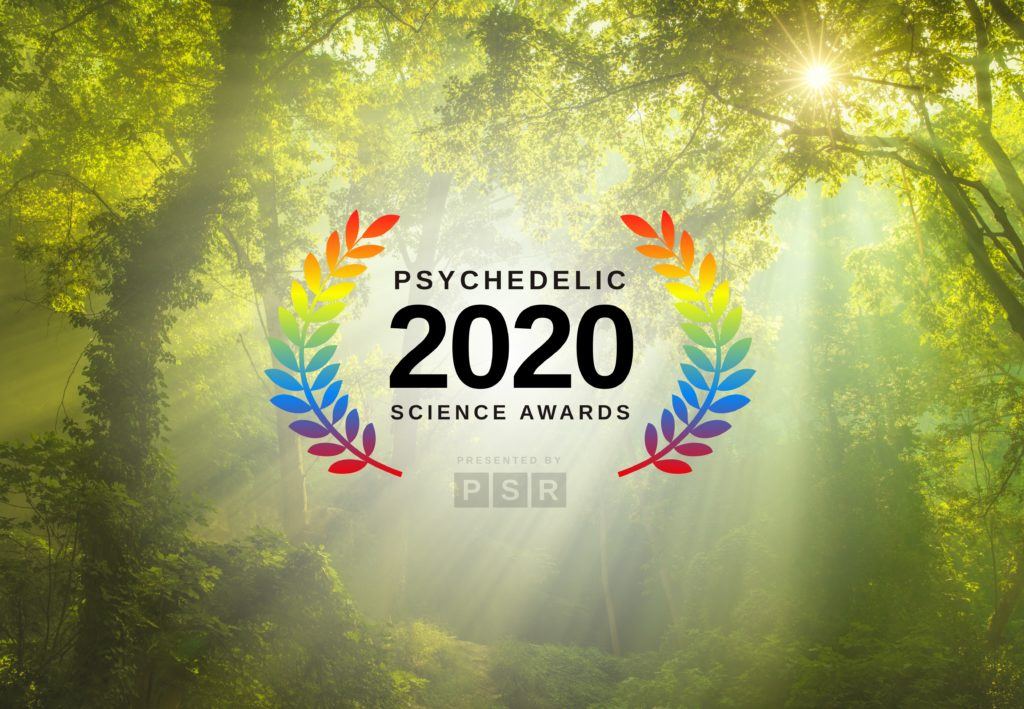
The pace of psychedelic research accelerated during 2020, culminating in many fascinating and groundbreaking studies. As the year comes to a close, Psychedelic Science Review is acknowledging some of the outstanding research papers of 2020.
This year, the Editor’s Choice Award for the best study on psychedelics and nature goes to Dr. Felix Blei and his research team, who discovered ß-carboline compounds in several species of Psilocybe magic mushrooms.1 Further testing using stable-isotope labeling with 13C11-L-tryptophan showed that the ß-carbolines were biosynthetic products of the Psilocybe species, not contaminants or just molecules that the mushrooms absorbed from the soil.
Using 1D and 2D NMR (nuclear magnetic resonance) spectroscopy, Dr. Blei and his colleagues analyzed extracts from Psilocybe cubensis, P. mexicana, P. cyanescens, and P. semilanceata. They identified the following ß-carboline compounds in the extracts: Cordysinin C, Cordysinin D, Harmane, Harmol, Norharmane, and Perlolyrine.

Chemical structure of beta-carbolines that Blei et al. discovered in several Psilocybe species (click to enlarge).
In the paper, Blei et al. discuss the ability of ß-carbolines to inhibit monoamine oxidase enzymes, which makes the effects of the psychotropic brew ayahuasca possible. Extending this concept to magic mushrooms, the authors commented,
We conclude that Psilocybe mushrooms produce an ayahuasca-like and potentially similarly synergistic set of metabolites that may impact upon onset and duration of their effects.
To put it another way, there could be an entourage effect going on.
Recent clinical trials are primarily focusing on the therapeutic effects of single, purified psychedelic compounds such as psilocybin. These trials are gathering knowledge that is critical to understanding the therapeutic effects of psychedelic drugs and providing relief to people suffering from a variety of conditions.
Dr. Blei’s research, however, examines naturally occurring psilocybin at a fundamental level. This paper centers around understanding the individual compounds, enzymes, and pathways that Psilocybe species use to synthesize their chemical cocktails. This knowledge helps answer the fundamental questions of how many compounds are in psychedelic mushrooms, what are they, and how are they made?
Even with the success that single-compound treatments are having, nature has much more to tell us. Many of the details may be critical to harnessing the full benefits of these molecules. Blei et al. make it clear that there is much more to the story of magic mushrooms than psilocybin and psilocin.
